Albert Marrin is a well-regarded author of juvenile nonfiction. Having penned over three dozen titles, he is not only prolific but also award-winning, and clearly dedicated to bringing history to life for his readers.
I recently spent some time with three of Marrin’s titles: A Volcano Beneath the Snow, FDR and the American Crisis and Thomas Paine, Crusader for Liberty. Each is a well-executed, engaging biography and each would be a wonderful classroom addition, either as an alternative to or a companion to a textbook. The books are thoughtfully laid out—with plenty of photographs and period artwork balancing written content—and are teeming with helpful text features. The writing is fluid and accessible but never juvenile.
What I appreciated most, however, is that Marrin offers more than simply life accounts of famous men. His books provide an overarching examination of action, will and leadership in American history, examination that seems particularly timely for students today. If you’ve been hoping to ramp up content area literacy in the classroom, these titles are great go-to texts. They lend themselves well to reading critically, and would be excellent catalysts for argumentative writing, dialogue and research.
A Volcano Beneath the Snow: John Brown’s War Against Slavery
A Volcano Beneath the Snow is an engrossing account of the life of John Brown and his influence on events 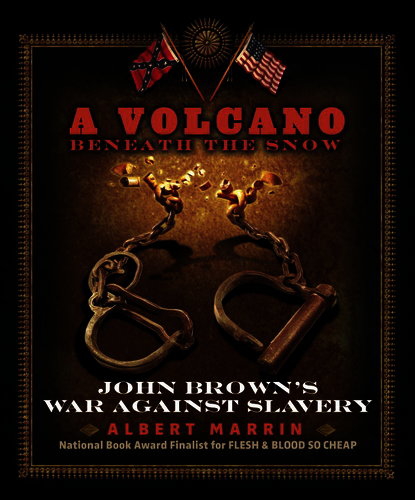 before, during and after the Civil War. It’s also a gateway to examination of current events, justice and racism in the world today. This book can get students thinking, writing about and discussing matters like:
before, during and after the Civil War. It’s also a gateway to examination of current events, justice and racism in the world today. This book can get students thinking, writing about and discussing matters like:
- What should you do when the law and your conscience are at odds?
- Are extreme acts justified if you’re fighting for what’s right?
- What sacrifices did Brown make to fight for what he believed in? What were his motivations?
- Was John Brown a terrorist or a freedom fighter? Would you have joined his cause?
- Did his raid on Harpers Ferry bring about the Civil War, or at least render it inevitable? Why or why not?
- Consider issues we face today related to racism, fanaticism, and terrorism. How would Brown react to recent historical events?
Along with independent reading, small group reading and discussion circles would be a great way to keep students engaged with this text and considering other perspectives as they read. They could also explore and debate North-South stances on Brown’s actions, write newspaper articles from different parts of the country in support or opposition of John Brown or give argumentative presentations on John Brown’s character. Was he a hero or a murderer?
There are countless opportunities here, and a rich story to be told. If you’re interested in contextualizing and deepening students’ understanding of the Civil War, slavery and abolition and influences on present-day activism, A Volcano Beneath the Snow is an excellent resource.
Thomas Paine, Crusader for Liberty: How One Man’s Ideas Helped Form a New Nation
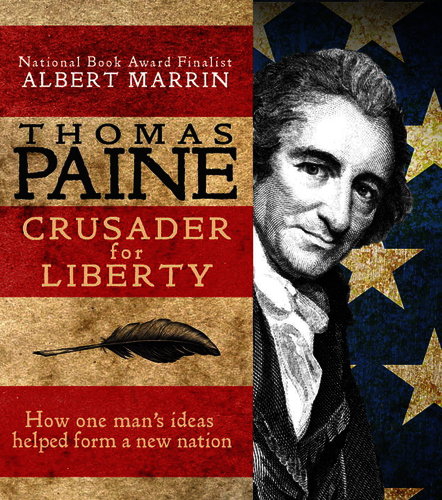 Thomas Paine, Crusader for Liberty is yet another top-notch read, and would be a worthwhile addition to a history unit on the Enlightenment, the American Revolution or the French Revolution.
Thomas Paine, Crusader for Liberty is yet another top-notch read, and would be a worthwhile addition to a history unit on the Enlightenment, the American Revolution or the French Revolution.
Yes, it’s a biography of Thomas Paine, but it’s also a thorough examination of ideas and their capacity to shape our world. It’s a fantastic opportunity to introduce students to reading and writing persuasive pieces, as well as analyzing primary and secondary sources. It’s also a fine account of America’s journey to Independence, and introduces quite a cast of characters: Revolutionaries, Founding Fathers and Loyalists alike.
In the classroom, get students talking about the power of words and ideas to influence public opinion and incite action:
- How did Paine’s ideas shape the world around him? How have they shaped the world we live in now?
- Have you ever read something that changed your mind about an issue?
- Take some time to study the political cartoons throughout the book. How do these communicate ideas? Are they more or less powerful than written words? Have students choose an issue explored in the text to “cartoonize.”
- If Thomas Paine were alive today, what issues do you think he’d be writing about? Have students choose one and pen a “call to action” as Paine might have done.
Paine’s influence is undeniable, and Marrin’s book will help students understand and contextualize the impact of his ideas in Revolutionary America and in modern times.
FDR and the American Crisis
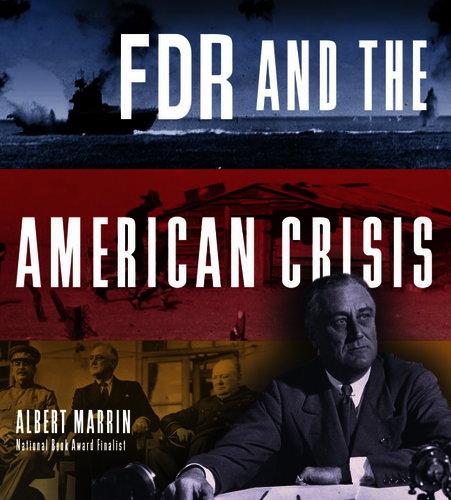 In the prologue to FDR and the American Crisis, Marrin writes, “We need to know about the thirty-second president because we cannot understand our world today without understanding his role in shaping it.”
In the prologue to FDR and the American Crisis, Marrin writes, “We need to know about the thirty-second president because we cannot understand our world today without understanding his role in shaping it.”
This compelling statement sets the stage for a sweeping look at FDR and his presidency, and the impact of his leadership decisions on the wider world. If you’re looking for a book that will support units on the Great Depression and WWII, this is an excellent choice.
This book will get students talking and writing about matters like:
- What was FDR’s impact on democracy?
- How do you think his personal life and relationships impacted his White House decisions?
- Was he a miracle-worker or a monster?
- Did his leadership encourage Americans to think and act as global citizens? What does that mean today?
- Did he do all he could to help the Jews during the Holocaust?
- Do you think FDR compromised values for gain? How, when and why? Is it ever okay to compromise justice to achieve a higher goal?
More Ideas for Supporting Content Area Literacy with This Title
Explore the Power of Words – Studying FDR is also a great opportunity to reflect on the power of words in dark times. Listen to some Fireside chats and read FDR’s speeches. Have students do a little time-travel and imagine they’re sitting with their family, listening to the “Day of Infamy” speech on the radio, then ask them to write a diary entry or draw a picture to tell/show what it was like to hear those words. Then consider speeches and addresses that have been delivered by political figures in more recent history, specifically in times of hardship. How are they similar to FDR’s? How to they differ? Why are these addresses important (or why not)?
Research other Historical Figures – Marrin’s book covers a lot of territory, and will certainly spark interest in other fascinating historical figures. Have students choose an individual from the book: Eleanor Roosevelt, Churchill, Stalin, Hitler, Raoul Wallenberg, whoever piques their curiosity. Encourage them to learn as much as possible about that person from Marrin’s text and then explore other sources to prepare a paper or presentation on FDR from that individual’s perspective.
The Power of Engaging Historical Texts
I cannot tell a lie (as George Washington famously did or did not say); it’s been a good while since I’ve read a biography of an American historical figure. When last I did, I’m sure it was compulsory, and to be frank, I’ve read some real dry-toast stuff. So the genre is not my usual rainy-day go-to.
I was happily surprised, then, by how engaged I was by Marrin’s books, and how spurred to thought and reflection. I was compelled to think beyond the subjects and their worlds and to think about my world and what it means to be in it, which is one of the beautiful things good literature can lead one to do.
Want to win your own copies of these nonfiction books? Enter below for your chance to bring these three Penguin Random House titles to your school or classroom!

This giveaway is now closed. Congratulations to the winners!


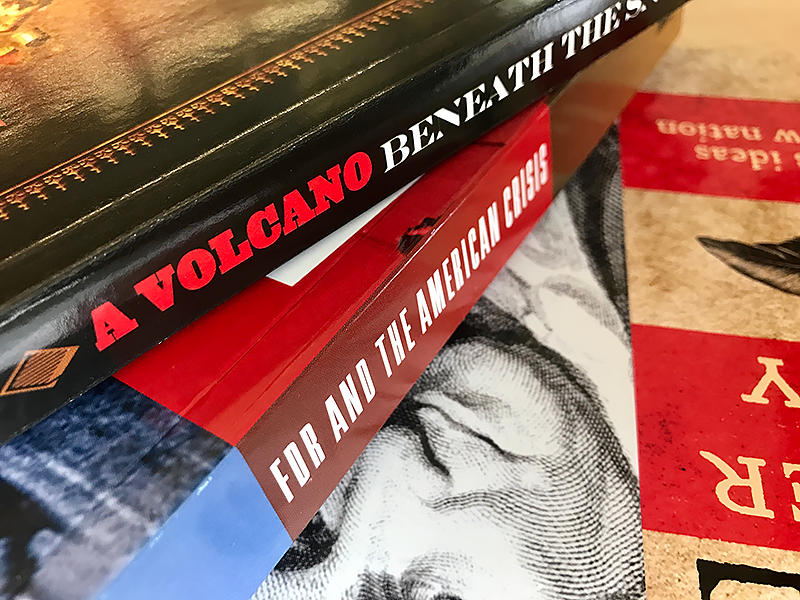

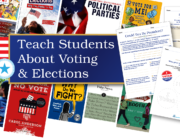
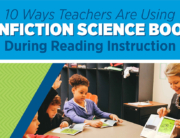
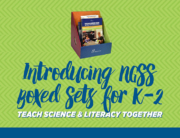

Leave A Comment